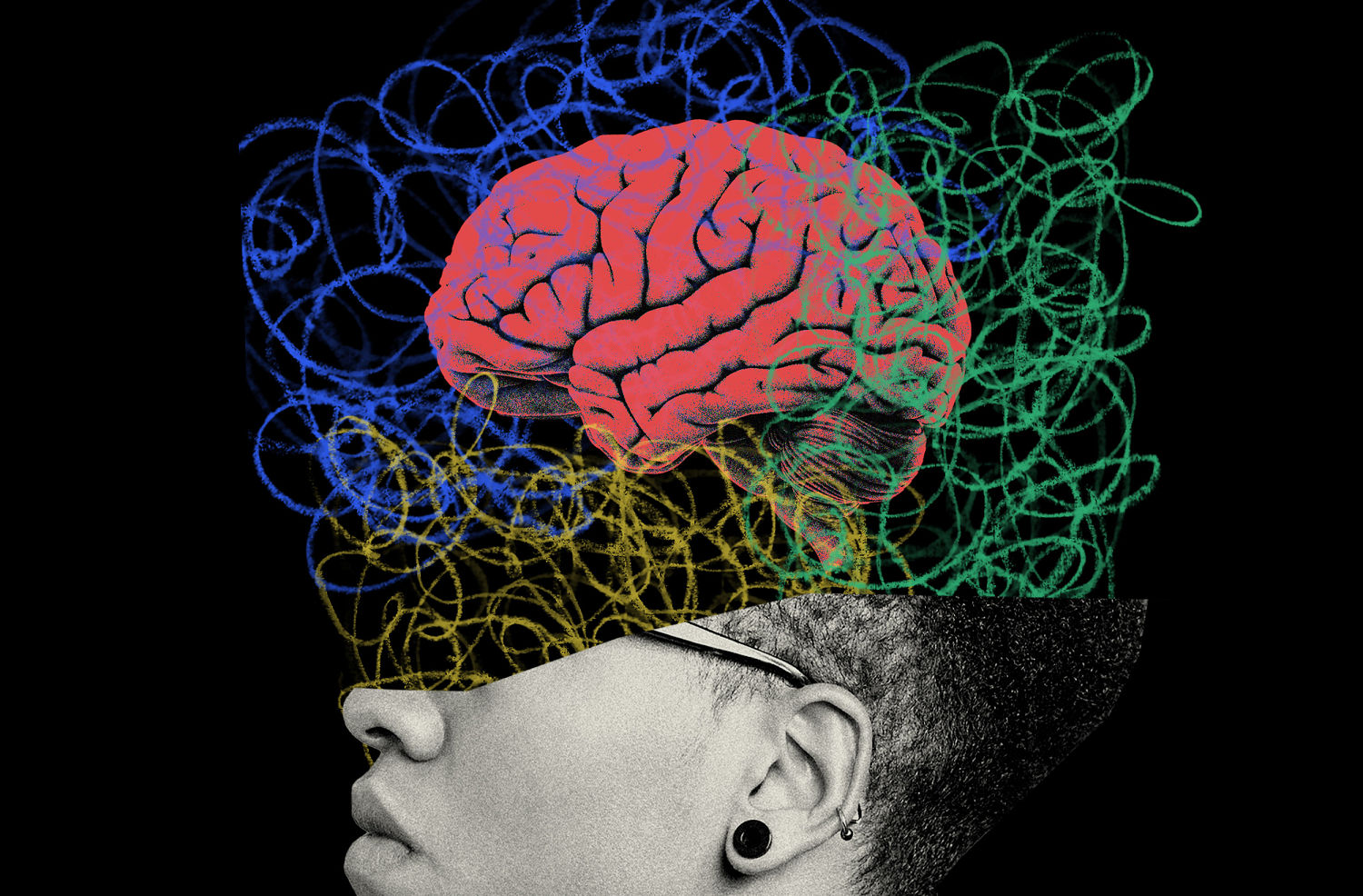You may have heard of white noise used to mask background sounds. Now, it has colorful competition.
There’s a growing buzz around pink noise, brown noise, green noise — a rainbow of soothing sounds — and their theoretical effects on sleep, concentration and relaxation response.
The science is new with only a few small studies behind it, but that hasn’t stopped thousands of people from listening to hours of these noises on YouTube and on meditation apps that provide a palette of color noises with paid subscriptions.
IMPROVING MEMORY MAY BE AS EASY AS POPPING A MULTIVITAMIN, STUDY FINDS: ‘PREVENTS VASCULAR DEMENTIA’
To understand pink noise, start with white, the most familiar of the color noises.
White noise is similar to static on a radio or TV. Sound engineers define it as having equal volume across all the frequencies audible to the human ear. It gets its name from white light, which contains all the visible color wavelengths.
But the high frequencies of white noise can sound harsh. Pink noise turns down the volume on those higher frequencies, so it sounds lower in pitch and more like the natural sound of rain or the ocean.
Brown noise sounds even lower in pitch, giving it a pleasing, soothing rumble.
Pink and brown, like white, have standard definitions to audio experts. Other color noises are more recent creations with very flexible definitions.
White noise and pink noise may provide small benefits for people with attention-deficit/hyperactivity disorder, according to a recent review of limited ADHD studies. In theory, it wakes up the brain, said ADHD researcher and co-author Joel Nigg of Oregon Health & Science University in Portland.
“The noise provides stimulation to the brain without providing information, and so it doesn’t distract,” Nigg said.
White noise has been used to treat ringing or buzzing in the ear, called tinnitus.
Scientists at Northwestern University are studying how short pulses of pink noise can enhance the slow brain waves of deep sleep. In small studies, these pink-noise pulses have shown promise in improving memory and the relaxation response.
Pink noise has a frequency profile “very similar to the distribution of brain wave frequencies we see in slow-wave sleep because these are large, slow waves,” said Dr. Roneil Malkani, assistant professor of neurology at Northwestern University Feinberg School of Medicine.
If Northwestern’s research pans out, it could lead to a medical device to improve sleep or memory through personalized pulses of pink noise. But many scientific questions remain unanswered, Malkani said. “There’s still a lot of work we have to do.”
If color noises feel calming and help you drown out distractions, it makes sense to use them. Keep them at a quiet level, of course, to prevent hearing loss and take “plenty of breaks for the ears to rest,” Nigg said.
Pink noise, a soothing alternative to white noise, is gaining attention for its potential benefits in promoting relaxation and improving sleep quality. 57ca449f-7cf2-5456-b7a1-1f4f42852c49, fnc, Fox News, fox-news/newsedge/health, fox-news/topic/associated-press, fox-news/health/wellness, fox-news/health/vision-and-hearing/hearing-loss, fox-news/health/vision-and-hearing, fox-news/health/mental-health/stress-and-anxiety, fox-news/health/education/adhd, fox-news/science, article Daily Science News on Fox News





